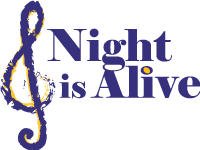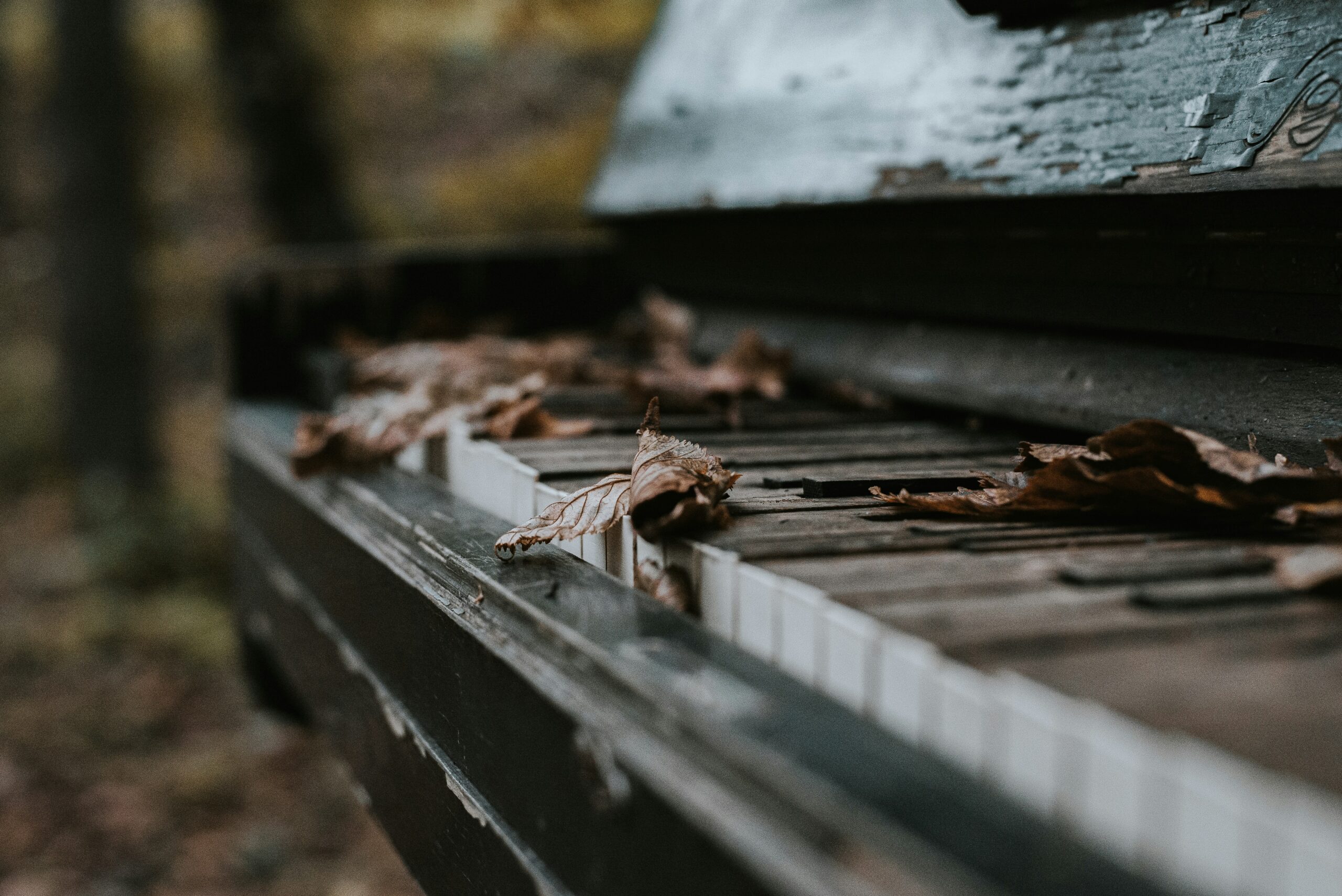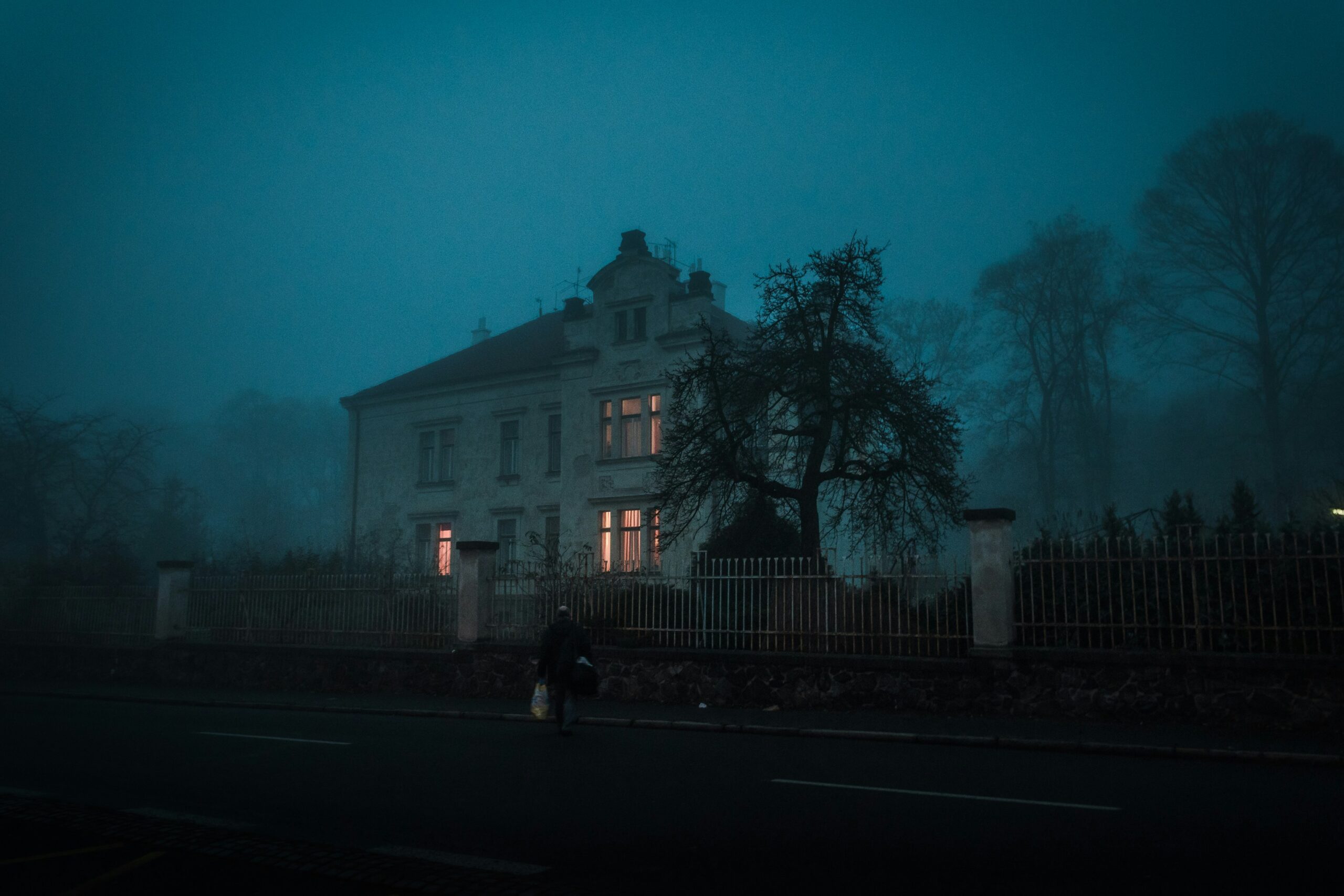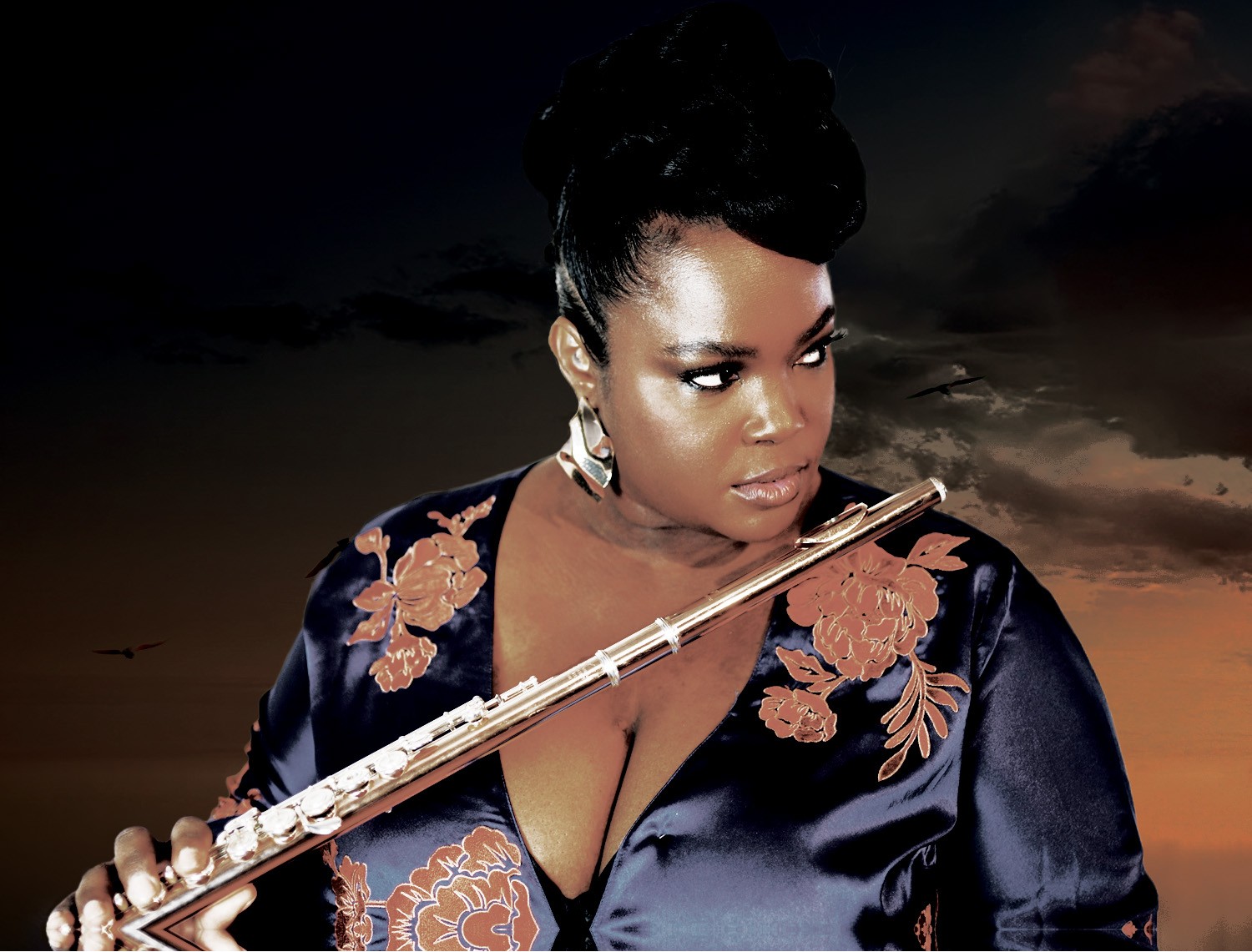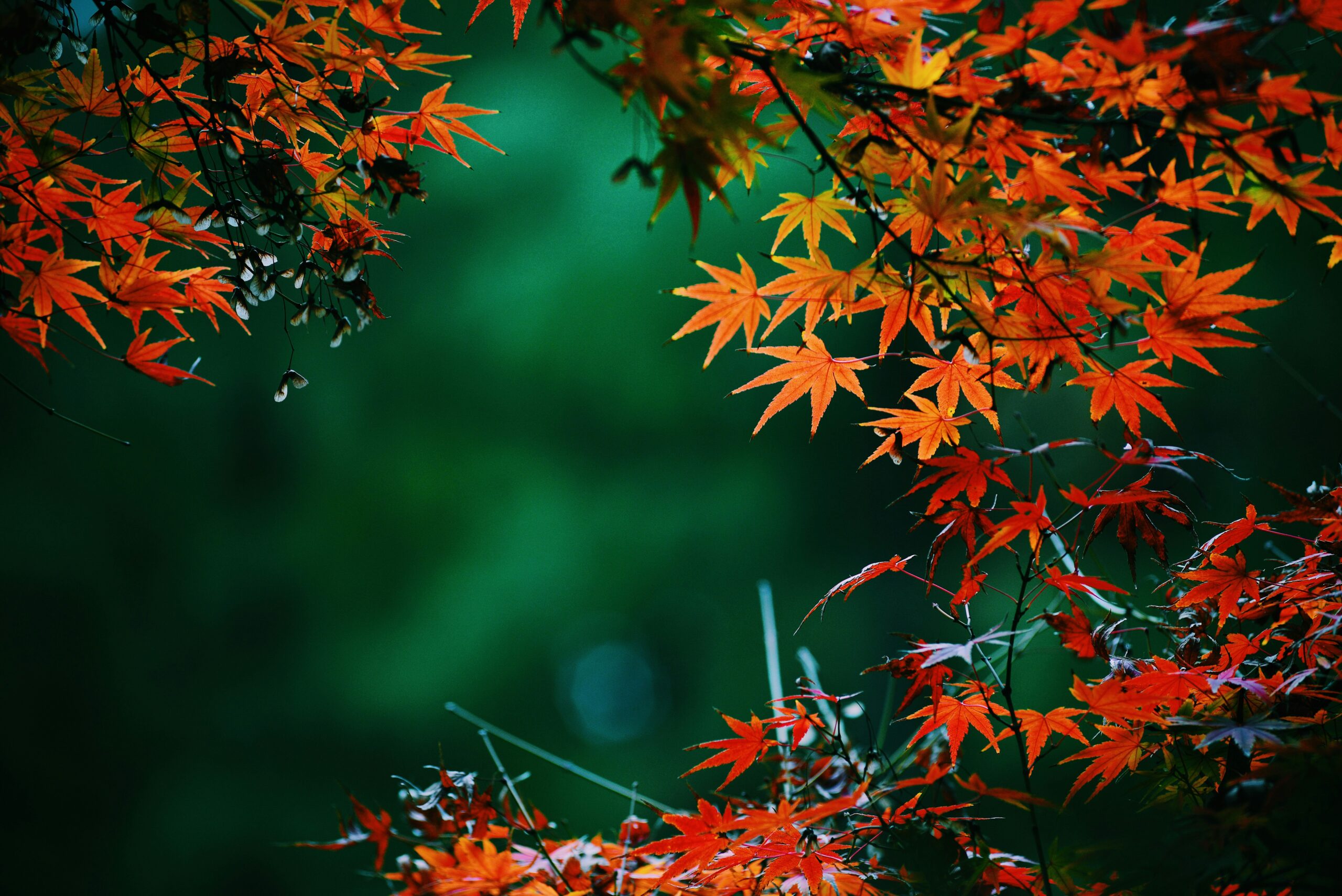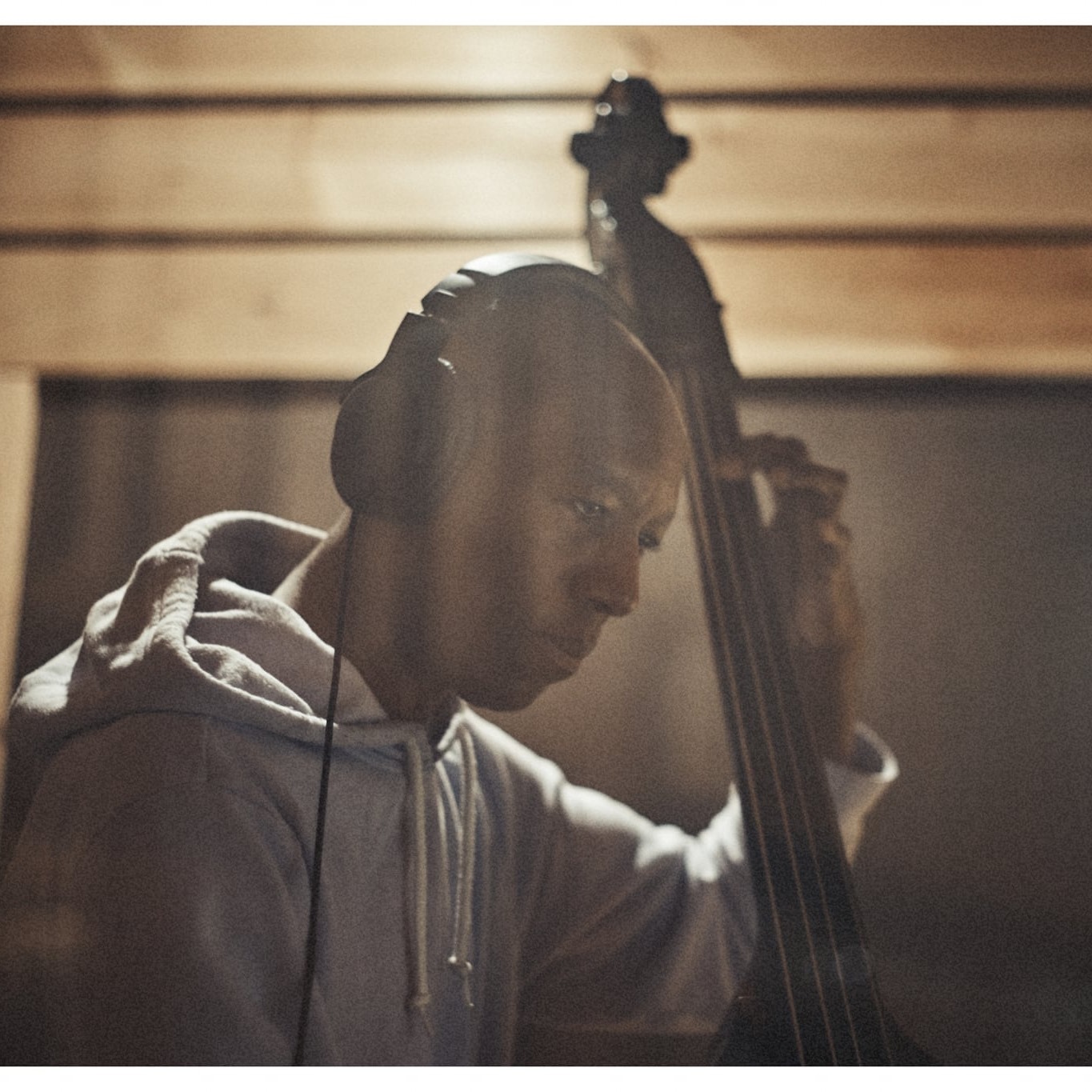Fall Foliage Jazz Playlist
Did you know that fall is America’s favorite season? A recent survey shows that 45% of participants named autumn as their favorite. I bet this has something to do with the stunning foliage in many parts of the country. It just brightens your day so much when your commute to work is bathed in hues of orange, red and yellow. And what about the smell of the leaves and the crunch underfoot? There really is something magical about the time of year when the trees shed their outer coats. So, while you’re driving, walking, cycling or just sitting on the front porch enjoying the fall foliage, enjoy our Fall Foliage Jazz Playlist. These songs will have you breathing in and soaking up the enchantment of autumn.
Hudson River Wind – John Di Martino, Joe Magnarelli, Wayne Escoffery & others
The magic of the changing leaves are heightened when a nice crisp gust of river wind blows them off their branches. The leaves flutter, like butterflies, down onto our sidewalks and windshields, creating a collage of colors. Like the swirling, groovy beat of this beautiful song from Night is Alive’s album Old New Borrowed and Blue, the river winds bring so much joy.
Where Do I Put His Memory – Janis Siegel, John Di Martino & others
Maybe you’ve just gone through a breakup or lost a loved one and are struggling with placing those memories in the past. I don’t know about you but when I am feeling down and blue about something in my life, I enjoy going for a long drive through the woods. The trees, leaves and green grass help to calm my nerves while I listen to some music, like this song from Night is Alive’s country jazz album Cryin’ in My Whiskey.
Don’t Know Why – Lonnie Plaxico, Douglas Plaxico & Lafayette Harris Jr.
There is something about Norah Jones that feels very autumnal to me, like her music just makes me want to pull a warm cozy knit sweater over my head and drink a cup of tea while observing the fall foliage. But why not spice things up a bit with this brand new rendition of Jones’s beloved song, from the album Radiance.
Kathy’s Blues – Harry Allen Trio
This song, inspired by Night is Alive’s founder and director Kathy Salem, is velvety and cool, smashing and dashing, with Harry Allen’s sax taking center stage. From the album It Takes 3, this tune will make you want to twirl around outside, embodying the spirits of the trees and the energy of the season!
After enjoying the fall foliage, you are probably feeling rejuvenated, refreshed and light on your feet, which is the vibe of this song, from Night is Alive’s beloved album Colors of Jazz. Having restful and easeful moments can help prepare us for the busyness of life that will inevitably return with the start of the holiday season. Cheers!
Check out this music and more on Night is Alive’s albums page!
written by Jacqueline Knirnschild
Photo by Ivan Kuznetsov on Unsplash
